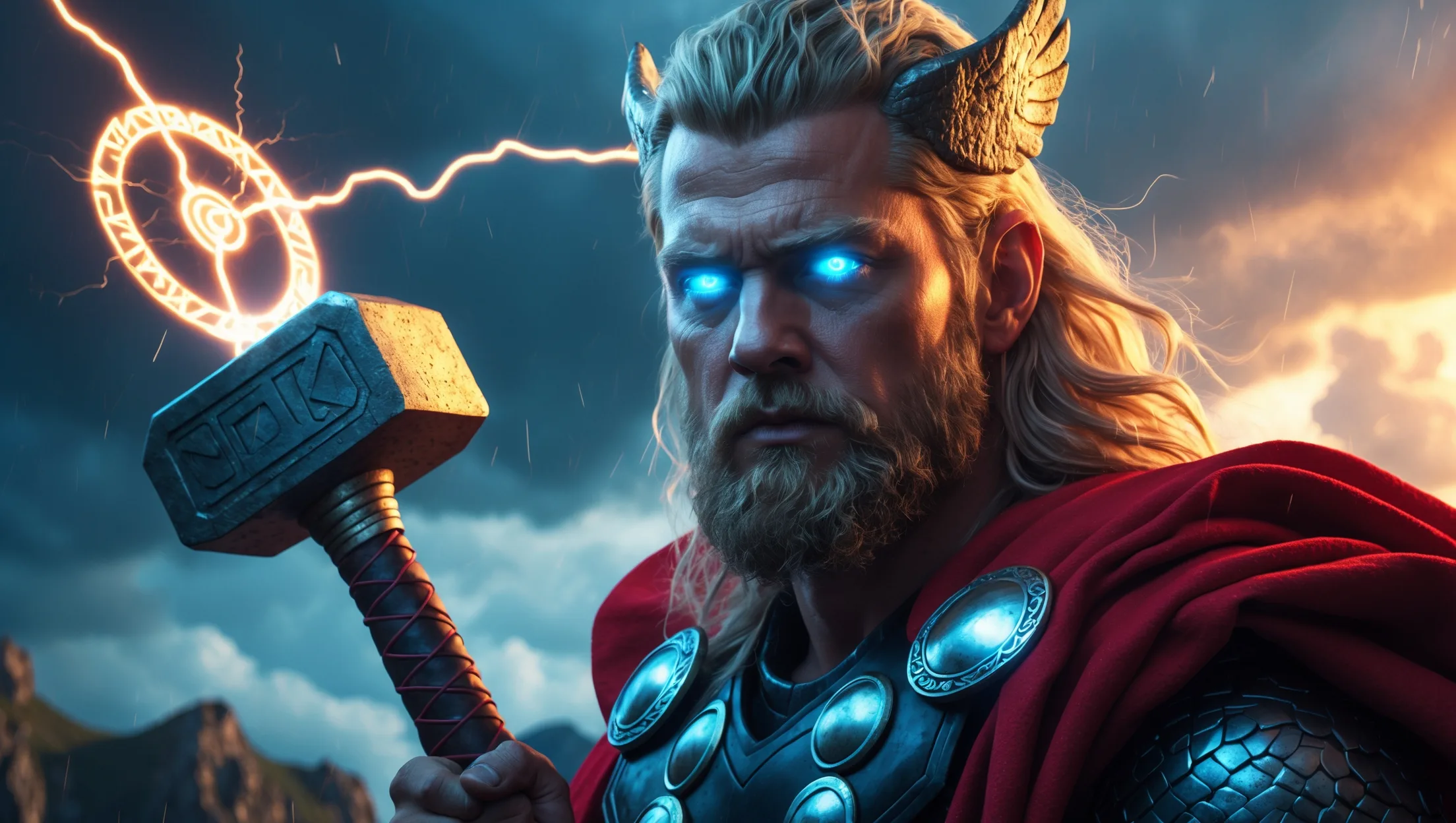11 Powerful Facts About Thor: Norse God of Thunder
Introduction In the heart of thunder and storm lies a god whose roar could shake mountains — Thor, the mighty hammer-wielding warrior of Norse mythology. Revered as the protector of gods and humans, Thor’s name evokes strength, power, and divine fury. From ancient sagas whispered across fjords to modern-day superhero fandom, the god of thunder … Read more

